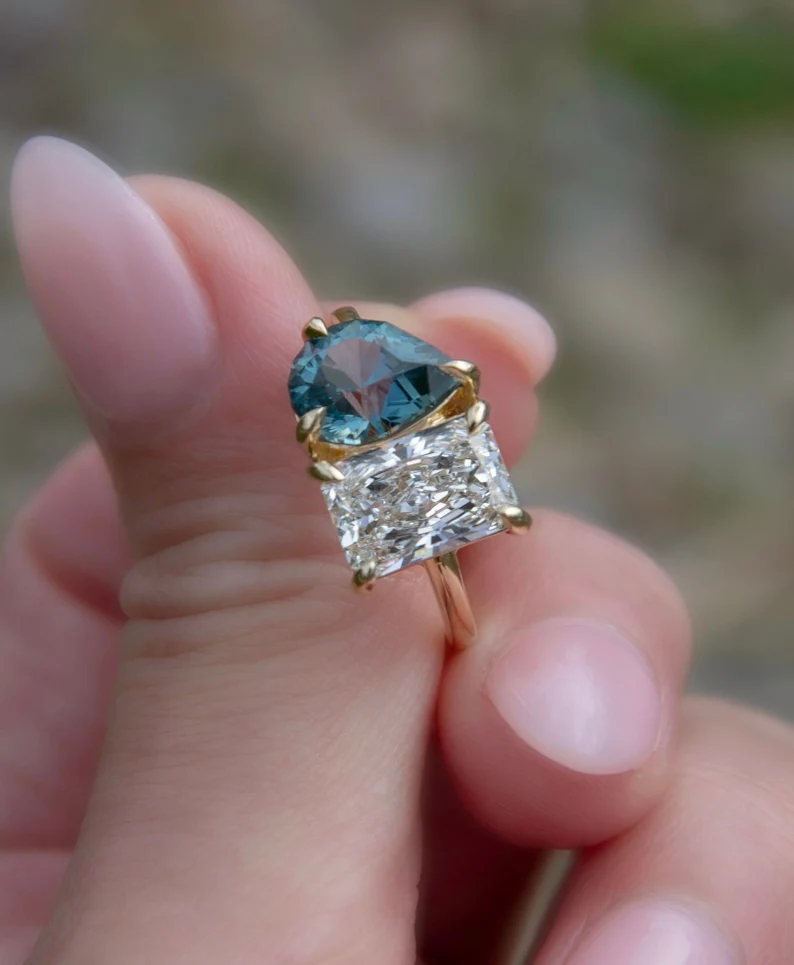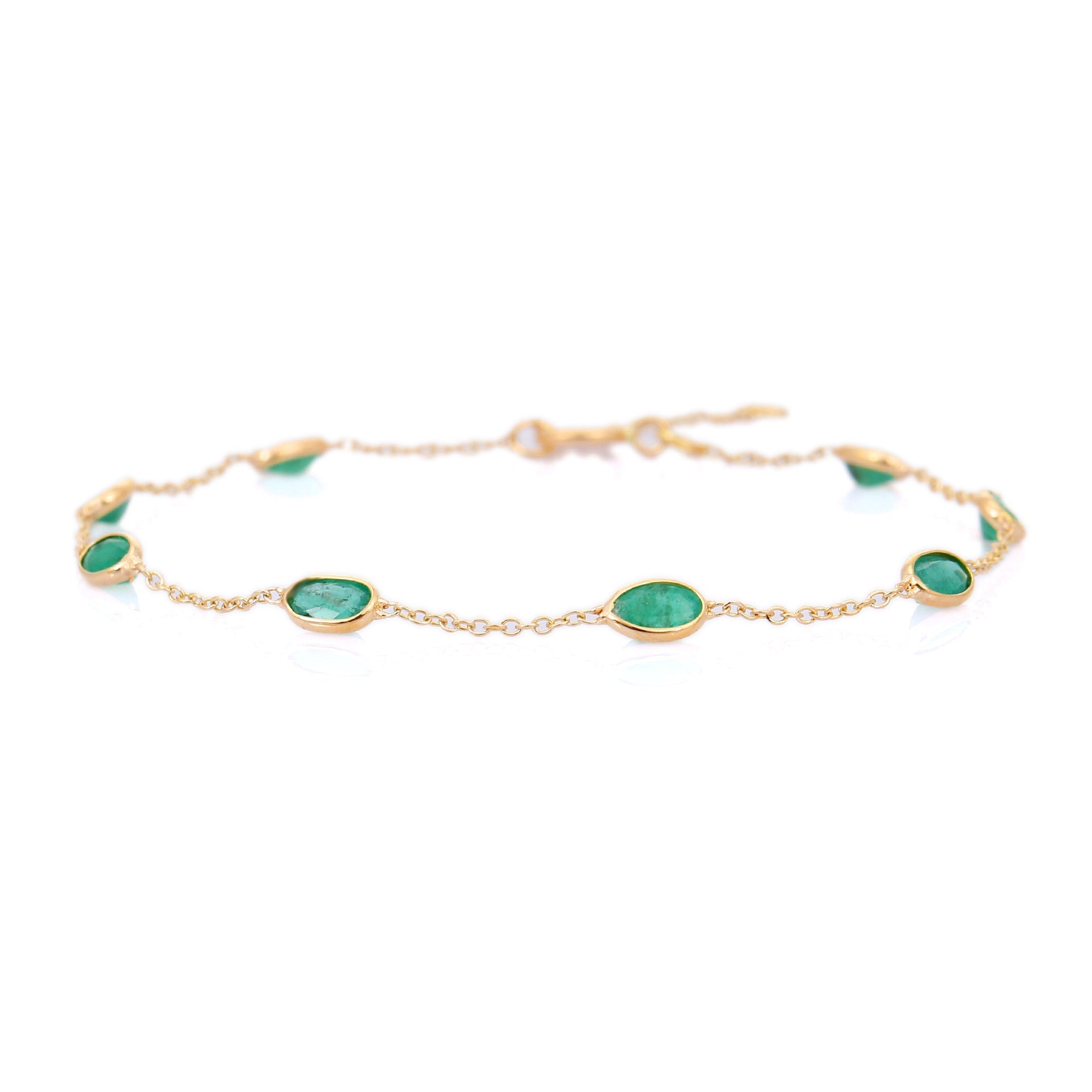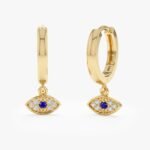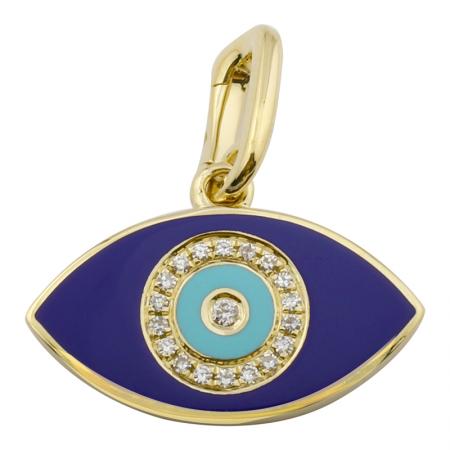Why Houston Loves Yellow Gold (and Seattle Doesn’t)

Yellow gold feels at home in Houston and looks out of step in Seattle. The difference isn’t accidental. It comes from climate, light, culture, and practical needs. Below I explain the technical and social reasons why Texans stack bold gold chains and why Pacific Northwesterners favor white metals and muted designs. I also give precise, practical buying tips — alloy choices, widths, and maintenance — so you can pick the right metal for your city and lifestyle.
Color, light, and visual impact
Light changes everything. Houston has bright, direct sunlight for much of the year. Yellow gold’s warm reflection reads as lively and showy in that light. The same 14k yellow wedding band that glows under a Houston sun can look flat in Seattle’s frequent overcast. Overcast light softens contrast and mutes warm tones; white gold and platinum keep their crispness in gray skies.
Why it matters: jewelry is a visual accessory. People choose metals that complement their daily light and wardrobe. In Houston, warm gold complements sun-kissed skin tones and bright colors. In Seattle, cool metals blend better with the city’s blues, grays, and the minimalist wardrobes common there.
Climate, metals, and maintenance
Climate affects both appearance and longevity. Here are specific points and practical examples.
- Alloy composition: 14k yellow gold is ~58.3% gold, the remainder usually copper and silver. 18k yellow gold is ~75% gold, with roughly 15% silver and 10% copper (ratios vary by maker). Pure gold (24k) won’t tarnish but is very soft; 22k (91.7% gold) is common for heirloom pieces but impractical for everyday rings.
- Durability vs color: 14k is harder and better for daily wear (rings, bracelets). 18k is richer in color but softer; it scratches more easily. For a Houston daily wedding band, 14k yellow is a practical sweet spot. For a statement pendant worn occasionally, 18k gives a warmer presence.
- White metals and plating: White gold contains palladium or nickel plus a rhodium plating to achieve a bright white finish. Rhodium wears in humid, sweaty conditions and near pools. That means Seattle residents choosing white gold still need replating every few years — and Houston residents who sweat or swim may replating more often.
- Salt, humidity, and base metals: Houston’s humid coastal environment can accelerate corrosion in lower-karat alloys with higher base-metal content. That’s another reason heavier, higher-karat yellow gold or nickel-free alloys are popular there: they resist visible tarnish and read as higher status.
Culture, demographics, and taste
Jewelry choices are cultural as much as visual. Houston’s large Hispanic, South Asian, and Middle Eastern communities have longstanding traditions of gifting and wearing yellow gold for weddings, baptisms, and major celebrations. Those traditions favor substantial pieces and visible heirloom gold.
Seattle’s stylistic influences come from tech, outdoor lifestyle, and progressive fashion. That leads to preference for:
- minimal, gender-neutral pieces (thin flat bands, slim signet rings);
- white metals and mixed-metal looks that pair with cooler color palettes;
- ethical sourcing and recycled metals — buyers who prioritize traceability often opt for platinum or recycled silver as neutral choices.
Why this explains the difference: tradition and social signaling. In Houston, gold signals family, celebration, and visible success. In Seattle, understated metals signal restraint, sustainability, and a different kind of status.
Design preferences and typical pieces — concrete examples
Here are typical choices you’ll see, with practical specs:
- Houston — bold, warm: Cuban link chains 6–10 mm wide in 14k or 18k yellow; stack of 2–4 rings where a men’s wedding band runs 6–8 mm, often rounded comfort-fit in 14k; engagement rings 1–2 ct diamonds in yellow gold settings, or canary (yellow) diamonds and yellow sapphires for color continuity.
- Seattle — restrained, cool: Flat or hammered wedding bands 2–3 mm in platinum or 14k white gold; bezel-set gemstones (0.3–0.7 ct) for casual durability; engagement rings with pavé or sideways settings using lab-grown diamonds or sapphires for sustainability-minded buyers.
- Everyday practical pieces: For daily wear choose 14k yellow gold (58.3% gold) if you want warmth plus durability. If you prefer white metal and want low maintenance, choose platinum (about 95% Pt) over white gold — it won’t need rhodium replating and resists corrosion better in humid climates.
Practical buying advice by city
Choose metal and design based on climate, lifestyle, and cultural context.
- If you live in Houston: Buy yellow gold in 14k for everyday pieces. For an engagement ring, 14k yellow or 18k yellow (if you want richer tone) mounted at 1–2 ct will stand out in sunlight. For chains, prefer thicker links (6–10 mm) to match the local aesthetic and to withstand wear and sweat. Use nickel-free alloys if you have sensitivity; ask for copper/silver mixes rather than nickel-based white gold.
- If you live in Seattle: Lean toward platinum or 14k white gold for the look you’ll see working with overcast light and minimalist wardrobes. Expect to budget for rhodium replating if you choose white gold. Consider thinner bands (2–3 mm) and bezel settings that suit active, outdoor lifestyles and won’t snag under rain shells and layers.
- Universal advice: Avoid chlorine (pools, hot tubs) — it can weaken gold and discolor alloys. Store pieces separately to prevent scratches. For high-karat pieces (18k+), accept that extra polishing and occasional repair are part of ownership.
In short: Houston’s light, climate, and cultural traditions favor warm, visible yellow gold in practical 14k–18k alloys and bold widths. Seattle’s cooler light, minimalist fashion, and ethical priorities favor white metals, platinum, and subtler profiles. Choose the metal that suits not just your taste but the weather, wardrobe, and life you actually live — that’s why a ring looks right in one city and off in another.




